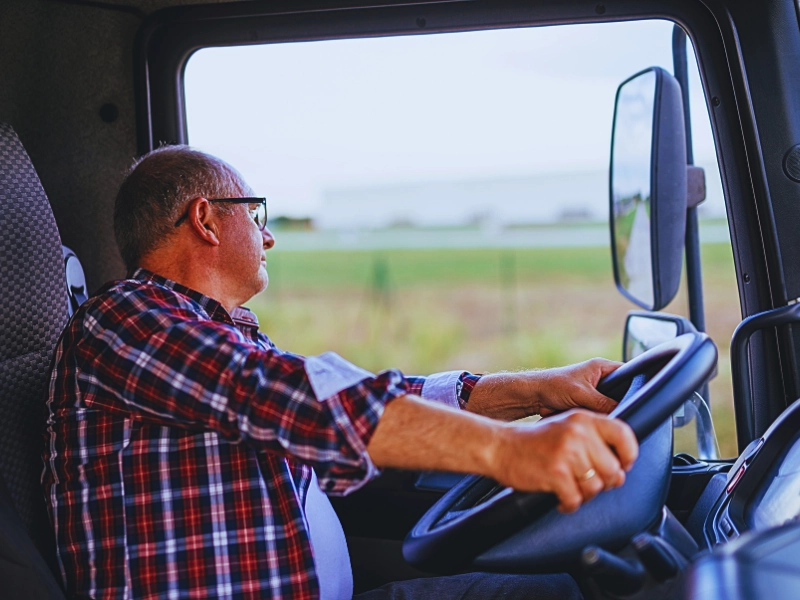The Minnesota Sex Offender Program (MSOP) was created in 1993 to allow for the institutionalization of sex offenders after they have finished serving their prison sentences, but before they are released back into society. After nearly 20 years, the program has yet to rehabilitate and release a single offender. Twenty-six patients have died in the treatment facilities at Moose Lake and St. Peter, but none have returned to being contributing members of society.
Since 2003, the program has ballooned by more than 400 percent to an operating budget of $72 million a year. Each sex offender enrolled in the program costs the state $134,000 annually, three times the cost of a conventional prisoner. The largest single request in Gov. Tim Pawlenty’s bonding proposal this January was an $89 million expansion of the Moose Lake facility, representing 13 percent of the $685 million proposal. Many opponents believe the rapid growth of the program is not economically sustainable. Scrutiny over the program’s expenses intensified last year when The Star Tribune revealed that two dozen flat-screen TVs were installed in the Moose Lake facility common rooms at the extravagant cost of $2,282 a piece.
The Department of Human Services noted that the cost of the program per patient has dropped precipitously as the program expands the number of involuntary patients. Minnesota now has the highest number of civilly committed sex offenders, per capita, in the United States.
The catalyst for the rampant expansion of the MSOP came in 2003 when Dru Sjodin was abducted, raped and brutally murdered by a Level III sex offender recently released from prison after serving 23 years. The abduction crossed state lines, so the case was tried in federal court and attracted an extensive amount of national media attention. The incident prompted the creation of the Dru Sjodin National Sex Offender Public Registry. Since the trial, the number of sex offenders enrolled in the MSOP has tripled.
When faced with the reality of such a grisly crime, paying the cost of treatment appears preferable to running the risk of a repeat offense from a recently released sexual predator. The Minnesota Department of Corrections conducted a study from 1990 to 2002 and found that after three years of release, the reconviction rate for sex offenders dropped from 17 percent in 1990 to just 3 percent in 2002. The reduction in recidivism since 1990 is likely due to the longer and more intense post-release supervision of sex offenders. The average length of post-release supervision increased by 50 months from 1990 to 2002; the percentage of sex offenders placed on Intensive supervised release (ISR) grew 53 percent. Nearly 60 percent of repeat offenders did not receive any post-release supervision.
The study led the Minnesota Department of Corrections to conclude that treatment and supervision has been effective in greatly reducing sex offense recidivism. It draws into question the expansion of the costly Minnesota Sexual Offender Program, which focuses entirely on institutionalizing sex offenders rather than rehabilitating them and returning them to society. The efficacy of the MSOP cannot be tested as none of the patients have ever been released.






